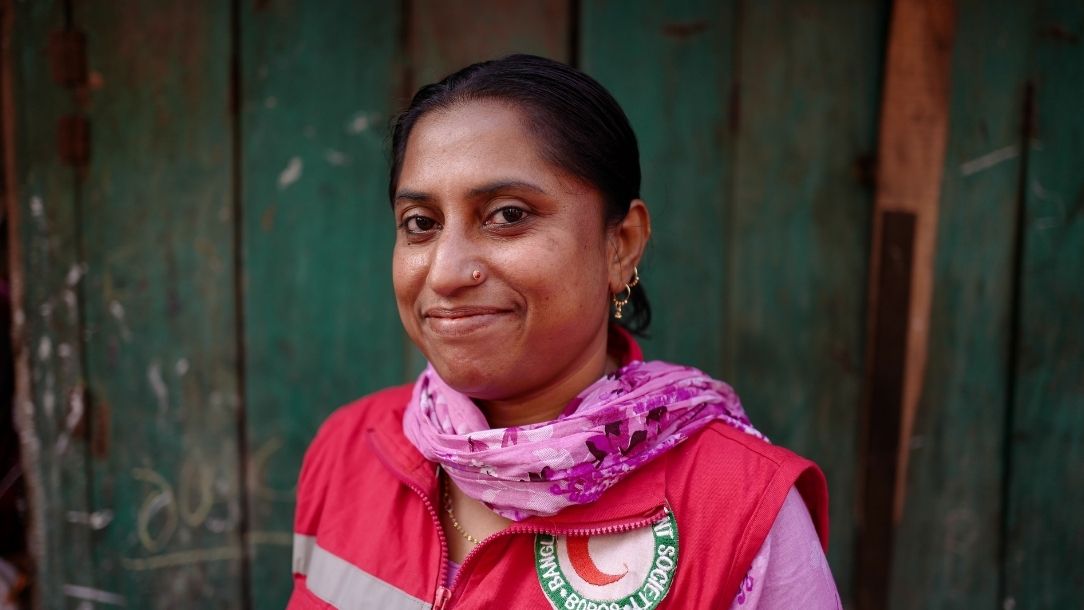
10 things you might not know about the Red Cross
The Red Cross has been around for more than 150 years - think you know everything about us? We bet you're wrong...
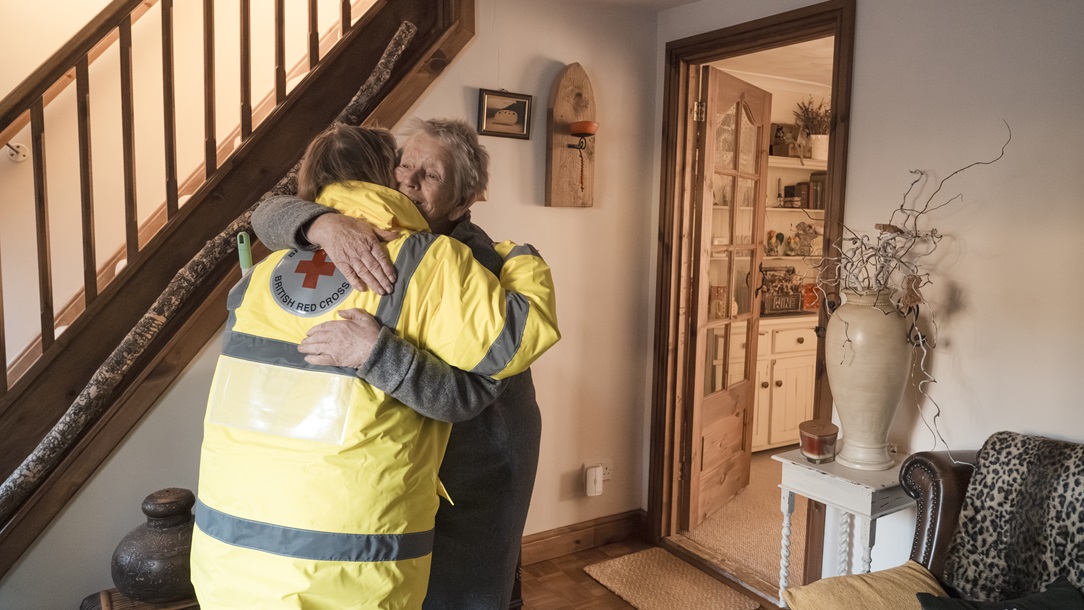
60 years of our principles in action
The Red Cross and Red Crescent Movement is celebrating 60 years since the creation of our fundamental principles. Here's how we act on them.
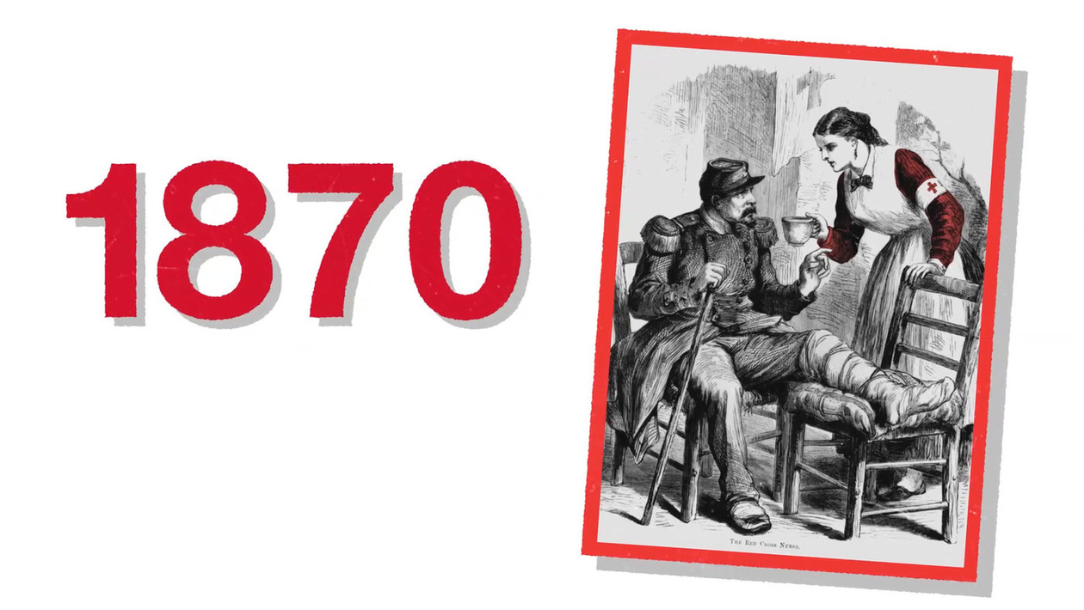
150 year of British Red Cross volunteers
The people who have shaped our organisation

A Christmas card from Florence Nightingale
From our archives, a handmade Christmas card from a legendary nurse.

Our Stories — Our Times: After Good Friday
Discover how the Red Cross in Northern Ireland has evolved over time while continuing to play a vital role in upholding it's core principles in a post-conflict society
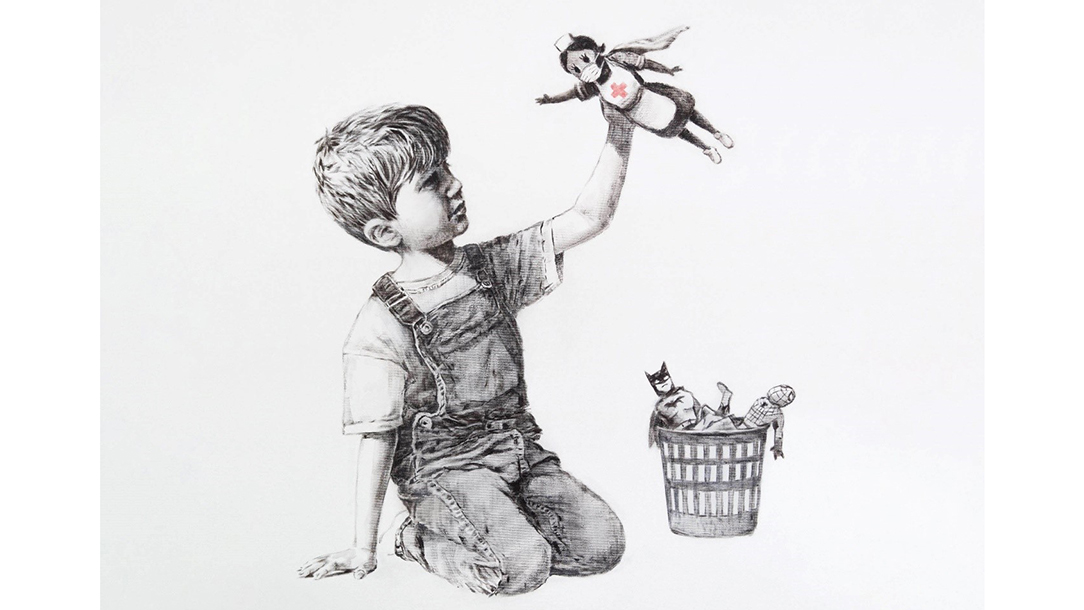
Why do older images of nurses’ uniforms have a red cross?
The nurse depicted in Banksy's Game Changer artwork bears the red cross emblem - but why?
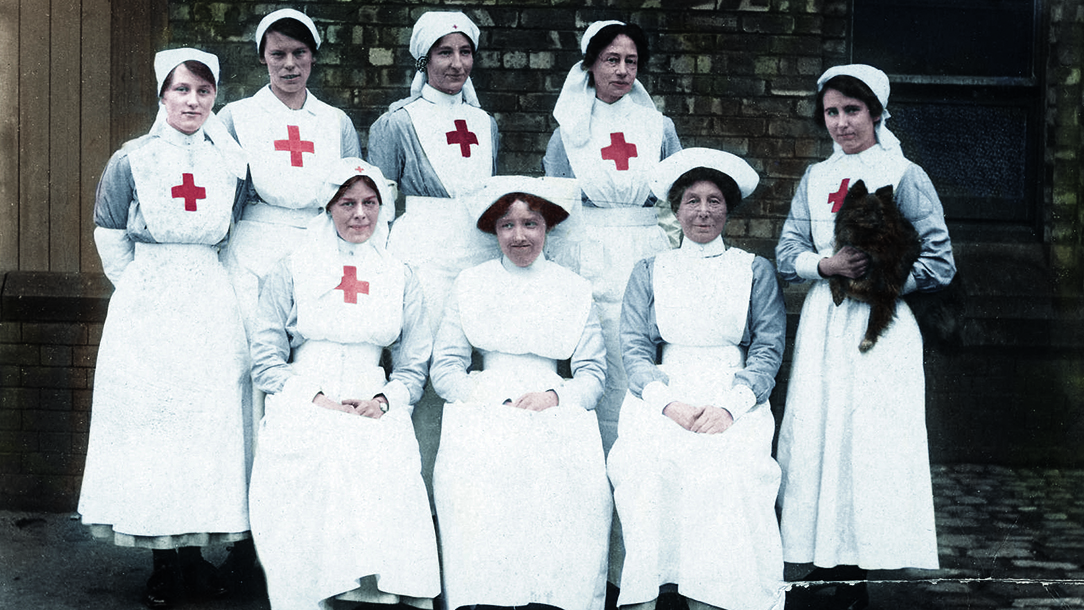
Breaking barriers: women leaders from our history
Learn about the trailblazers of the British Red Cross
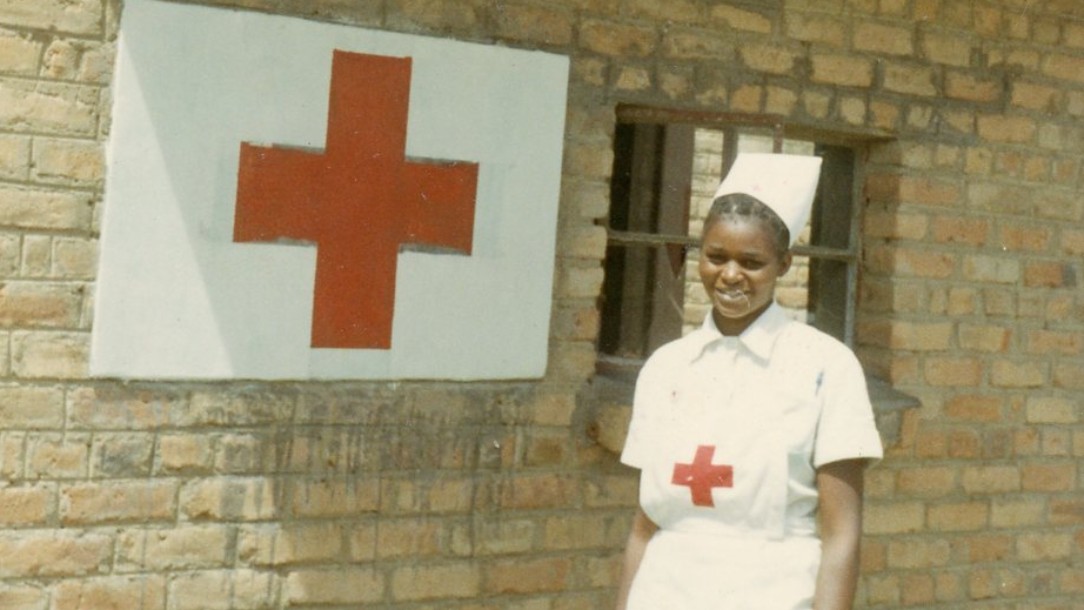
Black history is British history: a celebration
Our curator introduces an exploration and celebration of Black British history in our online exhibition
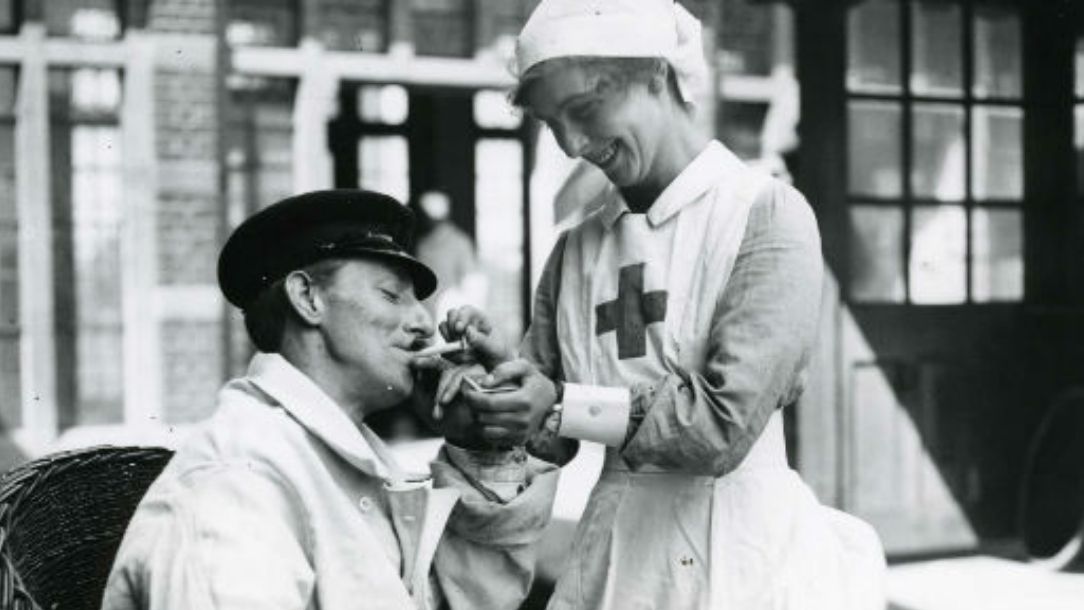
Celebrating nurses through the ages
From WWI to the coronavirus pandemic, let's hear it for the nurses who've looked after us through so much.
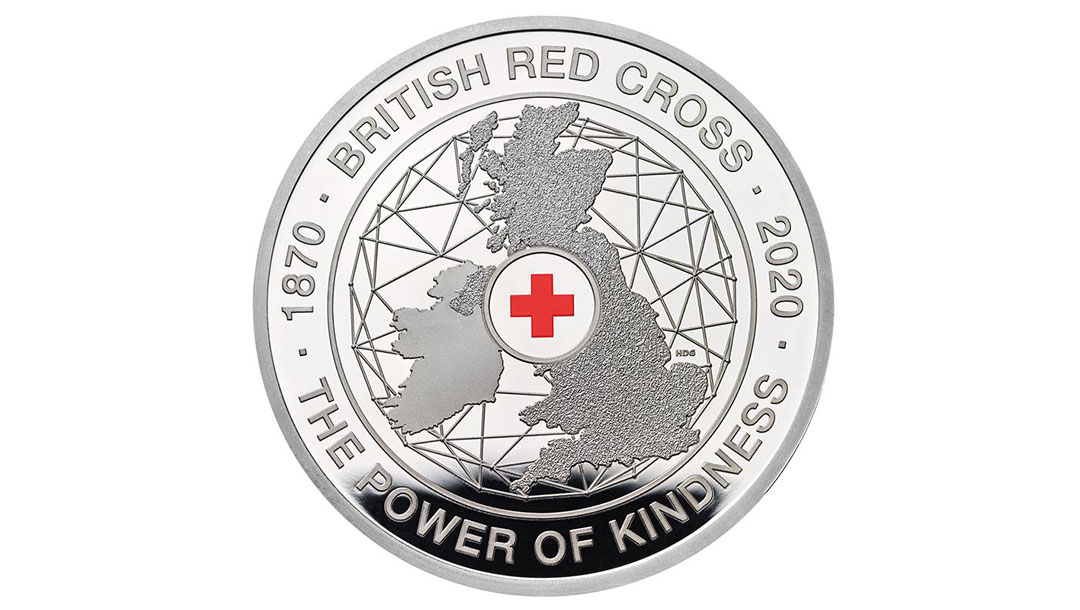
Celebrating our 150th on a Royal Mint coin
A look at the inspiration and history behind the design
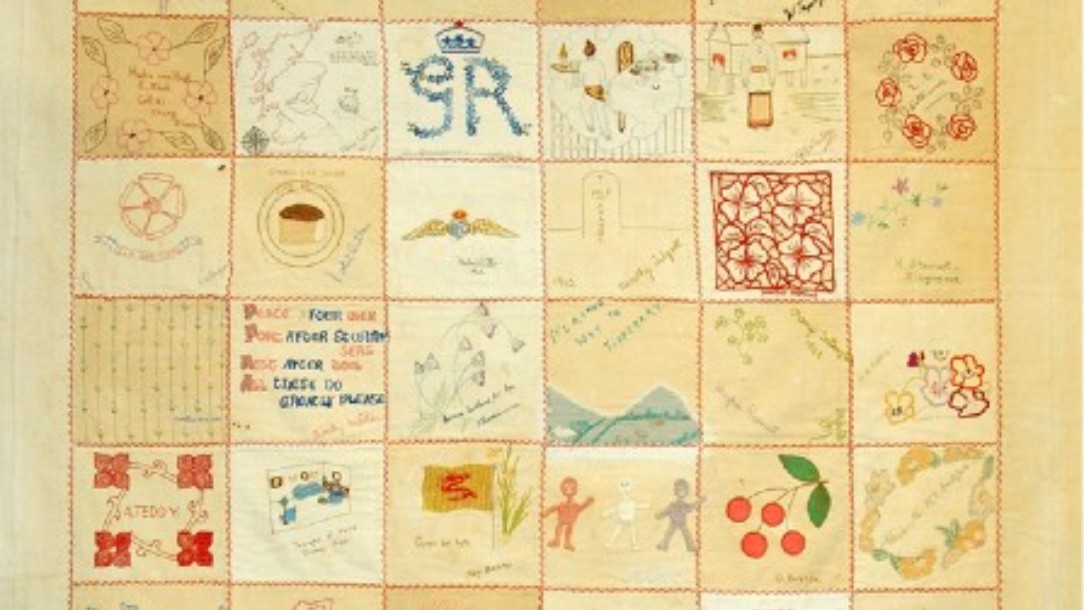
What is the Changi quilt?
Created by a defiant group of women prisoners during the Second World War, the Changi quilt is packed with secret messages and hidden meanings

The British Red Cross’s first garden at the Chelsea Flower Show 2025
Our ‘Here for Humanity’ garden, inspired by Red Cross founder Henri Dunant, is showcased between 20-24 May 2025
Page 1 of 4


